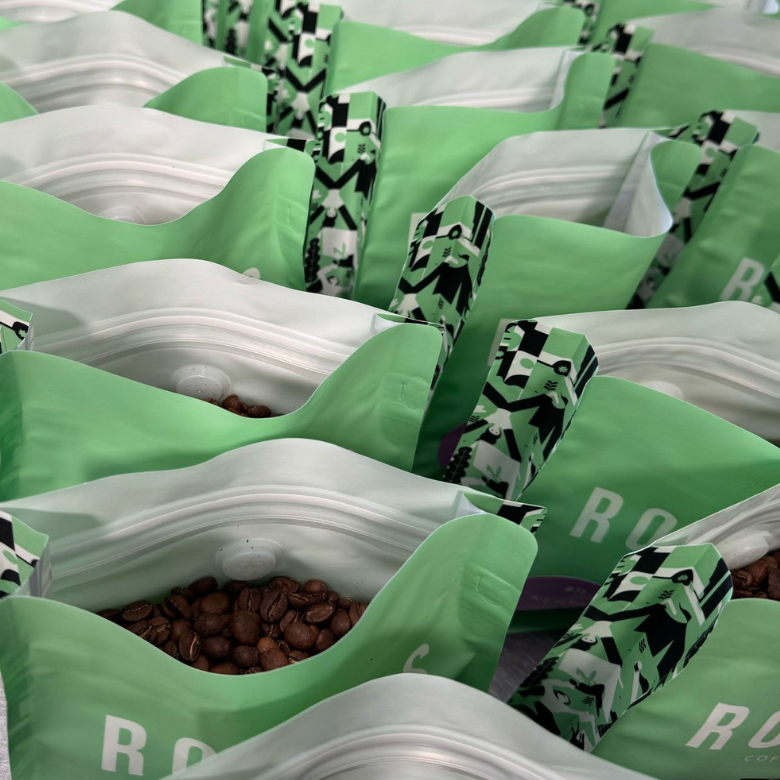
Coffee Packaging – Let’s start with the basics: freshly roasted coffee releases CO₂. That gas needs somewhere to go, which is why we use valved bags — they let gas out without letting oxygen in, which would otherwise start to degrade the beans. Oxidization dulls flavours, flattens complexity, and accelerates the decline of what was, just days before, a vibrant, expressive coffee. So yes — packaging is necessary to preserve quality.
But here’s the rub: packaging creates waste. And as a roaster who cares deeply about the environment, that contradiction is hard to swallow.
To put it into perspective, a roaster doing a tonne of coffee a week (which isn’t unusual) is also using, opening, and disposing of 1,000+ coffee bags weekly. That’s one roaster. Multiply that across cities, countries, continents — it becomes massive, daily waste we’re all complicit in.
Meanwhile, the specialty industry is leaning heavily into premium packaging. Roasters like DAK, Onyx, and Sey invest in elaborate, multi-layered designs that elevate the unboxing experience. And while we admire much of their work — and their coffee — we also have to ask: how much of this is quality, and how much is just marketing?
Do consumers really know how to tell the difference between exceptional coffee and average coffee in great packaging?
And if we’re being honest — are we competing on taste, or on branding and storytelling?
At Routes, we’re proud of our packaging — it’s functional, clean, and built to protect what we roast. We’ve even flirted with the idea of rebranding or launching a “more premium” line. But every time we get close, we pause. Because while fresh design is exciting, creating more packaging just to look more premium feels off.
We’re not saying never. We love good design. We believe in showing customers that we care and that we evolve. But we can’t lose sight of what matters most — the coffee itself, the people who grow it, and the impact we have on the world around us.
So if you’ve bought a bag of our coffee, know this:
It’s packaged with intention. It’s roasted with care. And we’re always thinking about how to do it better — not just for you, but for the planet.

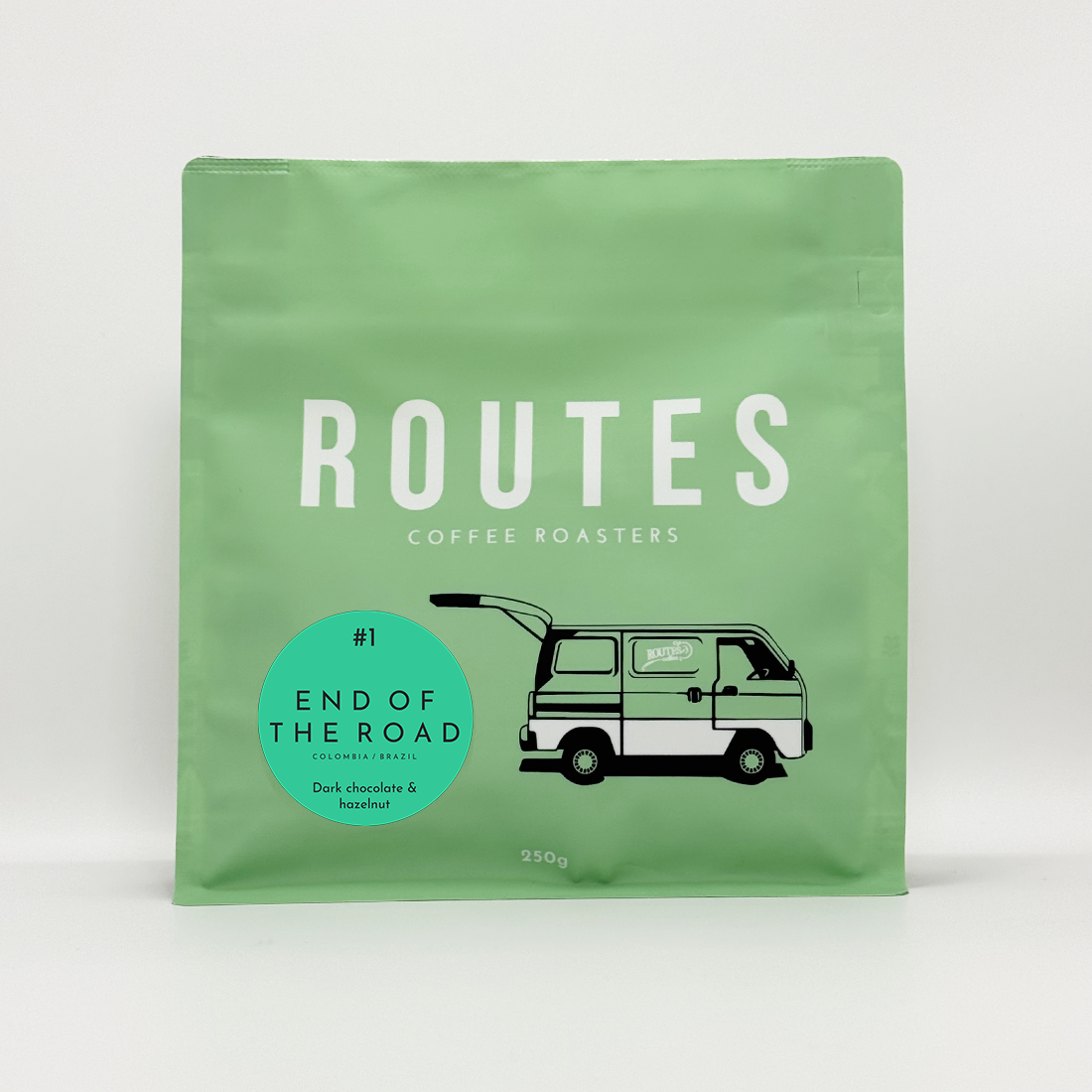
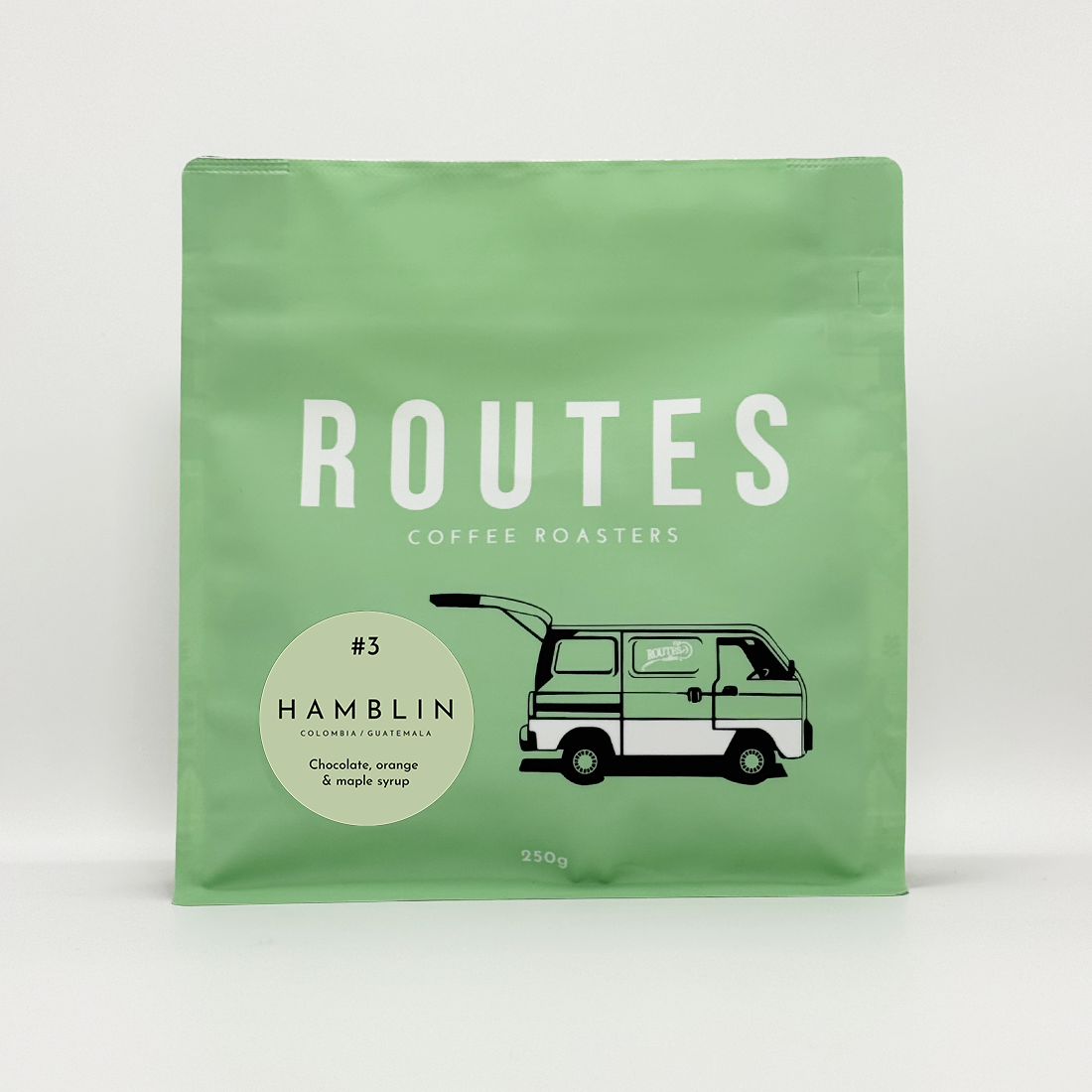
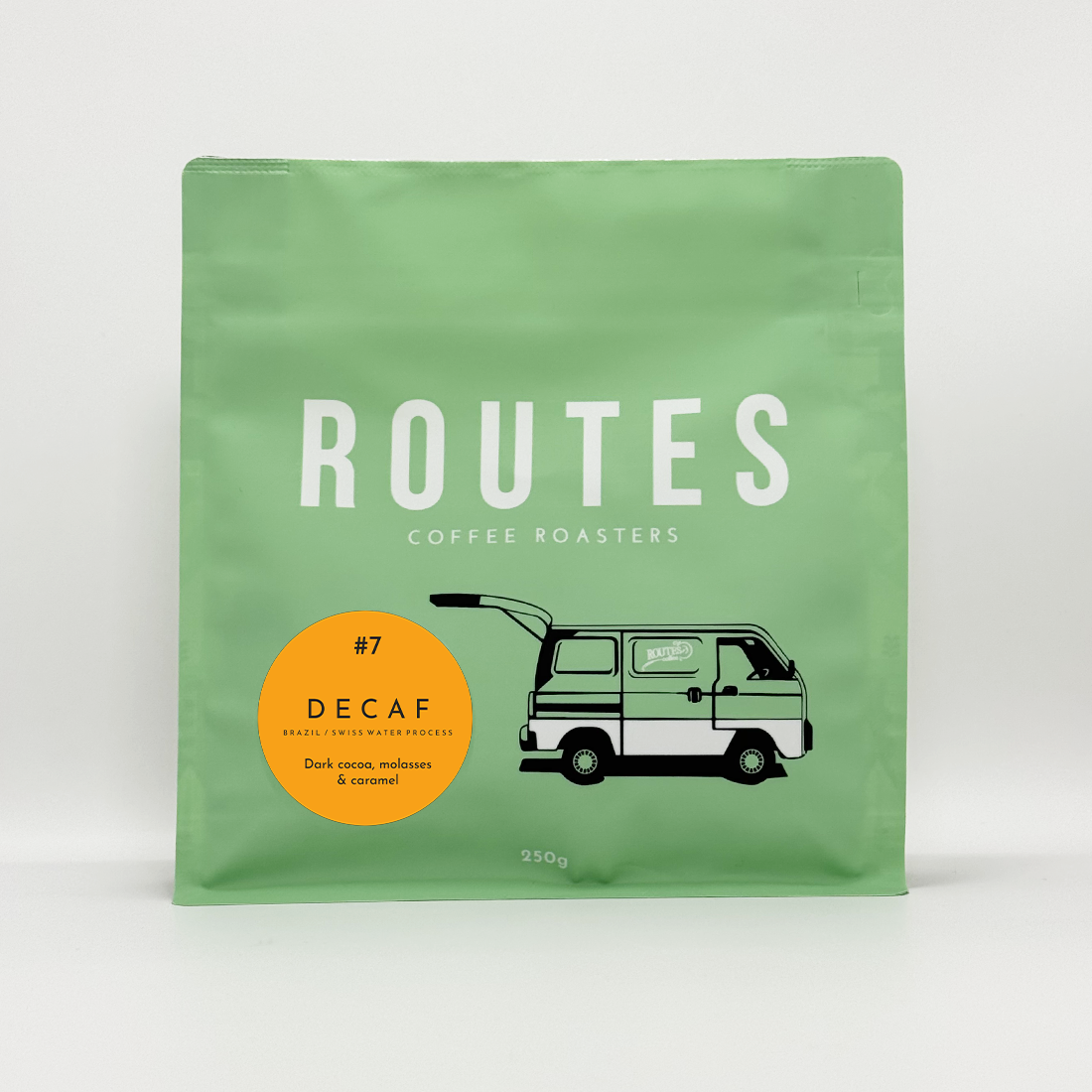

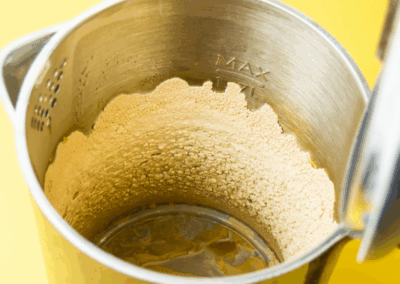
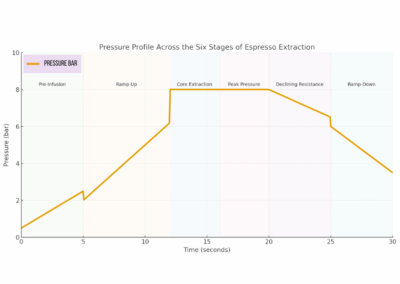
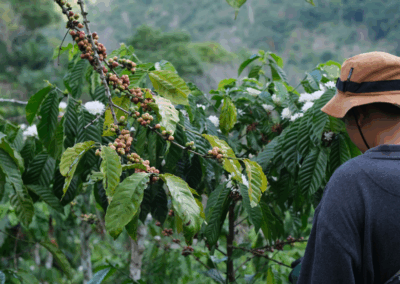
0 Comments